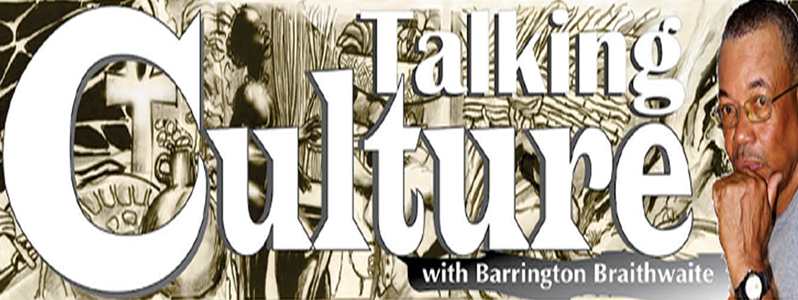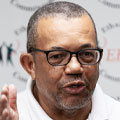I BELIEVE that the arts are the threshold of the scientific imagination, a belief I have advocated before and featured in this column on December 13 and 27, 2015.
I came across a letter by Rosh Khan, MD, titled ‘Arts education is a key to creativity’ in the June 30, 2016 edition of the Stabroek News. This was one of the rare letters addressing this subject of the arts having a direct impact on scientific curiosity, so I have come to revisit the nexus between the Arts and Sciences.
The indisputable fact that we need to enhance our deeper attention to scientific reasoning in Guyana is agreed. But it is naïve to think that this process will morph outside of the naturally inclined few, within a supportive environment, as against the broader human borders where self motivation stands alone.
In the social science of Politics, the Arts, specifically comic books, have commanded an important part abroad; and in Guyana, artistic renditions have enforced the cultural and ethnic positions of the colonial period. And many of those falsified images are still saturating our consciousness today.
ARCHIVAL NECESSITY
As a young nation, we have not understood the archival necessity of capturing visual periods. In the pre-independence tension and violent years, I was a young child, yet the definition of Communism that carried me to my early teens was based on a comic book distributed by the United Force; or so I was told.
This comic book, which had images of a peasant woman attempting to vote, were intercepted by an aggressive soldier to see who she was voting for. It was about a clash between two knights: A bad red knight, and the good white knight.
I did not then know that Afro-Americans, during those same years, were not allowed to vote in most states in the USA.
That I can still recall imagery from a political comic book from over 50 years ago outlines the impact the graphic image has on the psyche. Sad to say, I have been unable to put my hands on a copy of that book.
The National Geographic is a favourite illustrated magazine-journal of millions worldwide, including me. Its scientific and anthropological-archaeological content is excellently presented, but not above criticism when it comes to the imagery of Africans in antiquity: Khemet, the Olmecs, etc.
But I cross-read; and First World countries have such incredible museums, they make ours look like an antique variety shop. So, their period costumes and maps are exceptional. I just eliminate the 18th Century narratives when I come across them, and mentally convert the imagery to the current data.
NOVEL PRESENTATIONS
Recent editions of the National Geographic have used novel, state-of-the-art graphic presentations to illustrate science articles with ‘dummies’ like myself in mind. This is a progressive upgrade, but not new to science magazines such as Discover and Science Illustrated.
The problem with Guyana is that respective ministries are not poised in a commercial mode; and in a small country forced to compete with nations light years ahead of us, we have to accelerate and embrace initiatives; gauging from external experiences and applying results relative to our needs.
This requires embracing new thinking and reliable expertise and in a timely manner; because, with public authorities, urgency or lines of communication seems not an essential spark.
To teach art in the schools would be a plus, in keeping with the groundbreaking return of music into the school curriculum. But there is need for external impetus to cultivate the attention that the youth in my early school years paid to the ‘Look and Learn’ tabloid magazines that spiked our curiosity then, which, despite TV and computers today, can have a meaningful impact.
Art and Music education alone will not create the intended atmosphere, as long as science remains exotic and imaged as an external entity with no cultural-psychological umbilical connection to the world of the intended group. Scenarios and imagery cannot be transplanted verbatim without leaving a cultural vacuum.
YOUNG ‘NATURE BOY’
When I worked at the GRB (Guyana Rice Board) in the 70s, there was a janitor named Mr Prescott, or ‘Nature Boy’; he lived in Campbellville. His son was a welder, but he had an incredible talent for engineering, within the scope of his limits. He constructed combat tanks and other vehicles out of scraps of metal; and his creations were animated. He made the newspapers. And that was it!
The ancient world was ahead of us in managing specific expertise; they developed guilds for blacksmiths, sculptors, weavers, stone cutters, healers, etc. They ensured that techniques were passed on. These guilds had their own representatives, and progressed and endured from their tribal kingdoms; they are the foundation of our current scientific and industrial development.
I can recall Ras Tom Dalgetty, a chemist by profession, explaining to me how political intellectuals failed to heed technical advice and vision at Linden in its heyday, thus sadly preventing the development of what could have been a vibrant ceramics culture. From where we are in Guyana today, the lessons of the past are a vibrant motivation, because, to bridge the chasm, a lot of things have to be done simultaneously. And yes! The arts are a practical and proven conduit!




.png)









